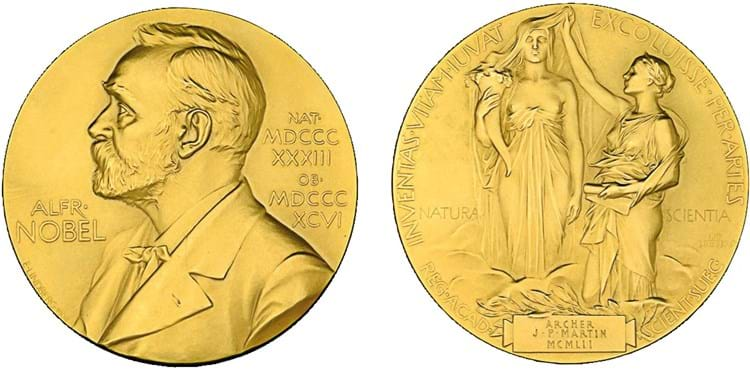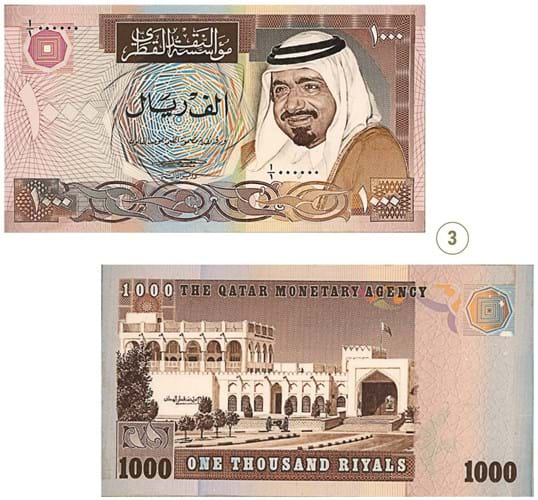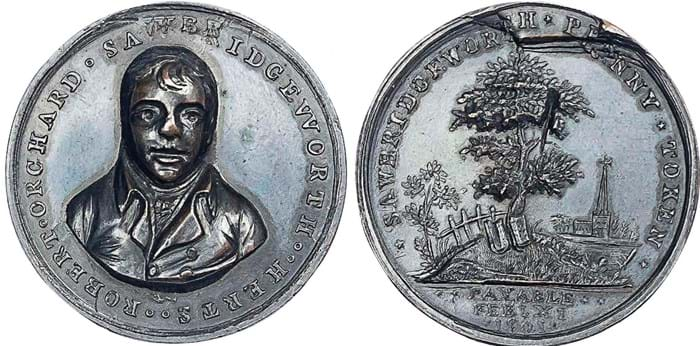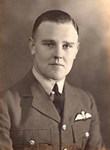
The Nobel Prize and other medals awarded to the chemist Archer Martin (1910- 2002) were sold by Noonans on February 2 this year for a hammer price of £150,000. Consigned by his family, it was bought by a private collector in Europe bidding over the phone. Martin shared the Nobel Prize for Chemistry in 1952 with Richard Synge for their ground-breaking invention of Partition Chromatography, an effective method of separating compound elements that had far-reaching implications for analytical chemistry. Archer, a teetotaller, was amused to discover his work made possible the breathalyser.
“Following the unparalleled increase in demand that came about as a result of the lockdowns of 2020 and 2021 it was heartening to see no let-up in the appetite for coins and medals throughout 2022. We are very optimistic about the year ahead.”
Pierce Noonan, chairman & CEO of Noonans, sums up the confidence still oozing through the British numismatics market. The collecting trends that were accelerated by Covid have (with the odd caveat) continued apace and showed relatively few signs of slowing down during the high-inflation backdrop of the last 12 months.
The total value of the London numismatic auction market rose to £62.2m in 2022, an increase of 12% on the previous year that was itself a record. For comparison, when this annual column began in 1994, the grand total was £9.3m.
The year also marked an increase of 6.5% in the number of lots offered and – while bearing in mind the old saying ‘lies, damned lies and statistics’, a sneer popularised by Mark Twain and attributed to Benjamin Disraeli – the average lot price is now £711.30 compared to £674.24 in 2021.
Download ATG's tables of Coin and Medals sales for 2022
As to the pecking order, two auction houses from quite different branches of the numismatic tree vied for the top spot. It was, in the words of the Duke of Wellington describing Waterloo, ‘a damn close-run thing’, but Spink just pipped classical coins specialist Roma – both achieved hammer totals of well over £16m.
Spink (up an impressive 23% last year) did some spectacular business in the coins market employing the combination of ‘e-auctions’ and ‘live’ sales that has fast become the template for all coin auction houses.
The firm, which had never previously broken the £500,000 barrier for a coin lot before, achieved the feat twice in 2022. In January a Gold Penny of Henry III found just four months earlier by a metal detectorist in a Devon field sold for £540,000 while in September the 1888 full US proof set named for John Robert Fletcher, the last known intact set in private hands, took $560,000. As had become the norm for some consignments, it was sold through the London saleroom but in US dollars.
The single windfall consignments certainly do make a difference – both to the bottom line and to the number column inches the auction house might attract in the press.
There is no doubt about last year’s most written-about coin sale. That was the so-called Ellerby Hoard, the 266 Stuart and Georgian gold coins found in a stoneware mug beneath a kitchen floor in Yorkshire. It sold for an estimate-busting £630,000 at Spink in October.
Not everything was ‘up’. The modern commemorative issues that spiked during Covid have tailed off (there are a lot of them around and over-supply has hit prices). However, the prices for the very best quality items continued to rise.
As Ian Goldbart, managing director of Sovereign Rarities (£1.52m sales total) neatly puts it: “The market was strong over the past year, especially for (a) rare, (b) high grade, (c) large denomination, (d) gold coins. If we go back to school and create a Venn diagram, a coin that intersects a, b, c and d has the winning formula. And demand remains strong for coins that meet at least a couple of these criteria.”
As Ian Goldbart, managing director of Sovereign Rarities (£1.52m sales total) neatly puts it: “The market was strong over the past year, especially for (a) rare, (b) high grade, (c) large denomination, (d) gold coins. If we go back to school and create a Venn diagram, a coin that intersects a, b, c and d has the winning formula. And demand remains strong for coins that meet at least a couple of these criteria.”
Gallantry medal records
In the field of gallantry medals (one now worth £12m to London auction houses) a number of category records were broken. Leading these was Thomas Kavanagh’s ‘Siege of Lucknow’ Victoria Cross – sold for £750,000 on September 14 at Noonans. The first civilian Victoria Cross of just five to be awarded, it is one of only two civilian VCs that are not currently in a museum. It beat the previous high for a VC – the £700,000 set at Morton & Eden in 2017 for Vice-Admiral Gordon Campbell’s group awarded for First World War heroics fighting a U-boat.
Overall Noonans posted a total of £14m – 12% down after a rip-roaring 2021.
“The year was a huge one for us as a company in terms of consolidating our position in the marketplace and preparing the ground for future expansion,” said Pierce Noonan. “In May we rebranded ourselves [from Dix Noonan Webb], which was a mammoth strategic task that took a huge amount of planning and in the event went very smoothly.
“A number of important properties come for sale in the first quarter of 2023 which is likely to be the most successful trading period that we have ever had by a considerable margin”.
This year Noonans will open its first overseas branch in Singapore; its inaugural sale being the Frank Goon reference collection of British Malayan Banknotes (the first of three parts offered on March 25).
Banknotes boost

Spink’s sale of World Banknotes at NY INC on January 13 this year included this front and back composite printer’s model for a 1979 1000 Riyals note. An unissued denomination and an unissued design created for the Qatar Monetary Agency, it took £70,000 – setting a new bar for the most expensive banknote artwork ever sold.
The market for banknotes, once the poor relation of coin collecting, is currently strong, especially with overseas buyers for notes from India, east Asia and the Persian Gulf. Spink sold £3.8m of banknotes in 2022 – almost a quarter of its business – and the most expensive lot of the year.
Top-seller was a £100 note issued by the Palestine Currency Board in 1927 that sold for £140,000 in April with the proceeds going towards Oxfam’s work in east Africa and Ukraine.
Elsewhere, in a year when Bonhams numismatic department closed (and with it the firm founded by Douglas Glendining in 1900), there was a noticeable upturn in business for another venerable name. Baldwin’s (£1.94m) pretty much doubled its take, helped by a massive increase in the number of lots offered at auction (up 288%).
St James’s (£6.1m), now separated from Baldwin’s for a couple of years, increased its total by about a third despite a 20% drop in the number of lots offered.

The first tranche of the collection of 17th and 18th century trade tokens formed by coin dealer Patrick Deane was sold by Baldwin’s on October 5. It included this Sawbridgeworth Penny, struck by grocer and tea merchant Robert Orchard in 1801, which made £12,000. The token is one of just five in existence. The dies were so deeply engraved that they broke quickly under the extra pressure needed to make the strike.
Morton & Eden (£4.8m) had a particularly satisfactory year with an increase of 78.23% – times one and three quarters – and more lots offered, up 16.25%. The firm sold the other civilian VC available to commerce for £280,000.
These and other results reported by a total of nine London-based coins and medals auction houses are featured in our tabulation which can be downloaded here.
All prices given above are hammer prices.















